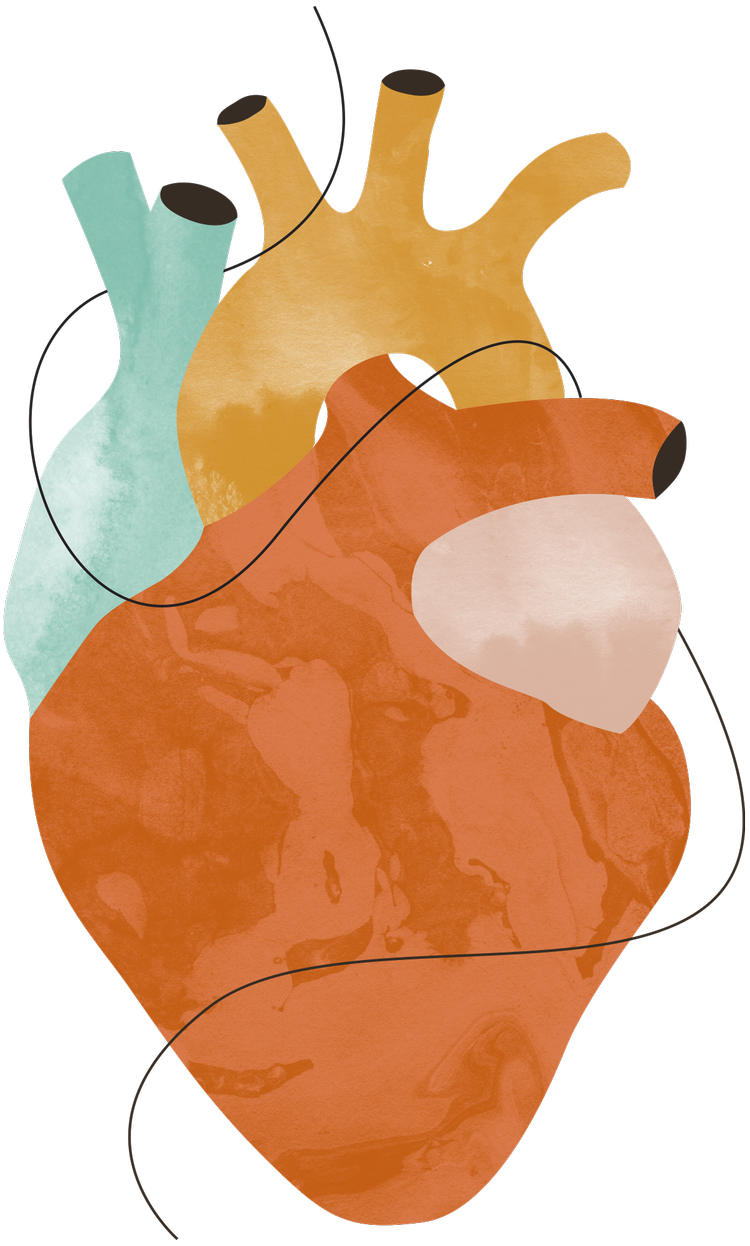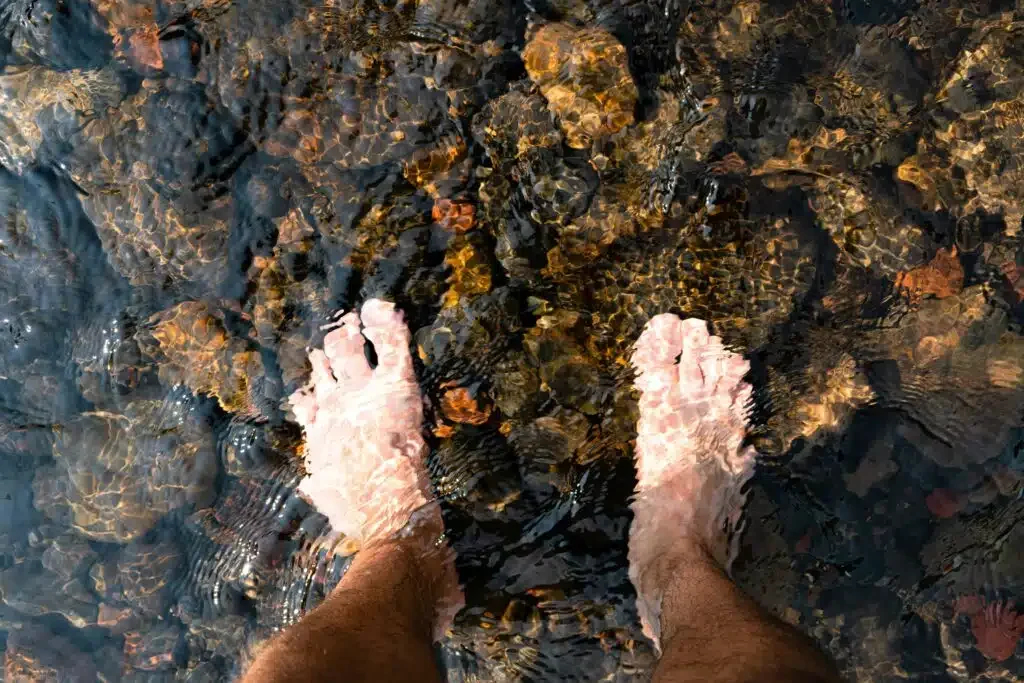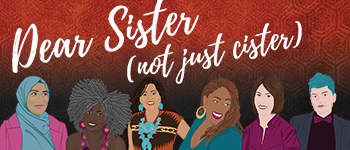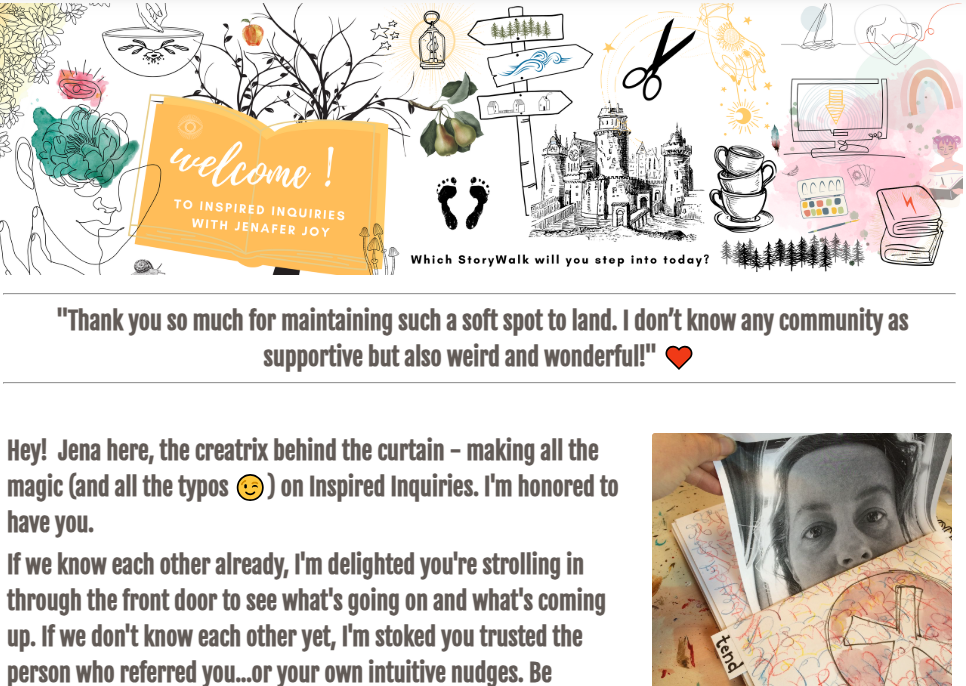"If you do not change direction, you may end up where you are heading."
~ Lao Tzu
The journey starts when you choose to embark on our work together, but it will continue on for the days, weeks, months and possibly years to come. In order to get the most out of our time together and to facilitate growth it is important that you carve out time for yourself after your journey to do integration work.
Integration work is when we take the symbols, messages, memories and feelings you experienced in the medicine space and spend time trying to understand their deeper meanings and how they relate to your intention. If your goal is to heal, awaken, change or grow, then a journey day in and of itself will not do this. You will need to invest your time to understand the messages shown to you and to establish new patterns of self-care and relational skills.
There is not one way to do integration work. It can be elaborate or simple, facilitated by someone else or self-led. It can take place over weeks or months depending on the space in your schedule, what is most important is that it is done, how you choose to do it is up to you. This integration work should be pleasurable! Please choose to incorporate something that you look forward to, this is not another chore to do. I recommend you give yourself around 15 hours (more is welcome) of integration space after a journey. If you’re a busy parent sometimes this means carving out 15 minutes a day to meditate and journal. It doesn’t have been to an hour a day, the consistency, enjoyment and making realistic space for yourself are the keys here.
We will meet together in person at least two times post journey to discuss ways to help you integrate. These sessions are designed to help you stretch and continue to move towards your stated goals.
Some ideas for integration
Mindfulness
Mindfulness is the state of connecting your mind and body to the present moment. As you know from our meetings prior to the journey I think a mindfulness practice is essential to good emotional and spiritual health. The goal is to bring curiosity, non judgement and awareness to the current moment, and becoming aware of the feelings, emotions, breath, environment and body sensations in this moment. Over time mindfulness practice has been proven to reduce stress, improve sleep, depression, energy and self-compassion.
This doesn’t have to be a strict practice. There are endless ways to be mindful, and finding the one that works for you should be fun. Start small, 5 minutes a day and then work up 5 minutes each week to an amount that feels sustainable. It’s not about being perfect, it’s about being present with what is. Some days will be easy, many (or most) of the time it’s hard to stay in the moment. Being gentle with yourself and celebrating all the little wins is part of it. 5 breaths without a thought? Good job!
· There are many types of meditation: zen, vipassana, qigong, transcendental….on and on
· If you are new to mindfulness try starting with just 5 minutes a day- try to build up over time to 15-30 mins a day. Some people have a robust practice of an hour or more of meditation, that’s beautiful but not always practical. Any amount you can do is a gift.
· There are several mindfulness apps that some people find helpful (calm app, headspace)
· I love the Tara Brach podcast which has guided meditations of varying length.
· There is no “right way” to meditate/ be mindful. Find what works for you, and be open to learning and changing your practice over time. .
· Some people with trauma struggle to sit still and breath as it can retrigger them. Movement mindfulness can be helpful. https://ggia.berkeley.edu/practice/walking_meditation
· It gets easier and richer with more practice.
Journaling
This practice is for anyone and everyone. You don’t have to be a writer or artist to journal. This is a private space for you to use however you like. It’s amazing over time how this practice can transform and be a witness to your growth. Keep it by your bed at night and write down a few notes about your day, feelings, dreams, hopes, fears. Or carry one on you and jot down your thoughts throughout the day. You can write it in list form or use colors or shapes or symbols. Anything that feels interesting to you. There are lists of journal prompts online (and below) you can use to get in the habit of writing, or just write stream of consciousness for 5 minutes.
I highly recommend in the days after the journey you write down as much as you can about your experience.
Divide a page into sections and draw a picture or write few words in each section. Such as: sensations in the body, colors, symbols/images, feelings, insights, people, memories, or feelings.
Pick a few key words that stand out and work with them in art, journaling, music/dance, alter creation- how would these words most like to be expressed?
Here are some post journey prompts from Mireya Marcet (http://www.almaquecanta.com/)
· What are three words that best summarize your experience?
· What feelings are most alive in your body as you reflect on your journey?
· What parts of you did you let go of? Any parts of you that died?
· What felt most challenging, what felt most rewarding?
· What are the key insights you’ve had? What are some questions or curiosities that have come up?
· What did it feel like to be witnessed by somebody else?
· What parts of you move towards connection and what parts move away- can you name them and locate them in your body? What is the story these parts want heard?
Movement practice:
A movement practice is all about connecting your mind and body. The way we move, our posture and our relationship to our bodies is deeply tied to our emotional state. Through movement we can begin to release long held stories, beliefs, trauma, and pain. It can be an incredible tool to shift our consciousness.
Some examples: Chi Gong, Yoga, Tai Chi, Dance, Martial Arts, Feldenkrais
These can be done online (youtube is free), in a class or 1:1
Art
Creating art is a wonderful way to tap into your subconscious. This is not about making art that is pleasing to other people, this about allowing your thoughts both subconscious and conscious to be expressed. I’m not an “artist” but I find that taking art classes can be incredibly therapeutic. See some ideas below.
Alter making
Alters in our home, garden or workspace can bring a little of the spiritual into our every-day life. This is a space to put objects, mementos, photos and items from the natural world together into one place. They can be elaborate or simple and are for your pleasure and connection to the divine.
It can be helpful to have a daily practice of lighting a candle and saying some prayers, giving thanks or asking to release that which no longer serves you.
Rituals:
There may be no better way to get in touch with your intentions then by creating simple rituals. A ritual is “An intentional, symbolic action that creates meaning” (from Be Ceremonial)
This can be as simple as lighting a candle every night, drinking a cup of tea from your favorite cup, putting flowers on a grave every month, celebrating the moon cycles, ritual bathing, pulling a daily tarot card etc…
12 step meetings
I’m a fan. They are free meetings. They are led by others who have walked your path. Try a few different meeting time slots (each group has a different feel) and see if one might be a good fit. You can work the 12 steps with your intention in mind. As always, take what you like and leave the rest behind
Some recommendations:
-
Inspired Inquiries- online art classes for integration
-

Tarot for the wild soul: podcast and classes
-

Four Chambers- amazing online "wild" writing group
-

Alma Que Canta- classes online and in person
-

Be Ceremonial- APP to help plan cermonies
-

Subconscious Drawing- free
-

The Artist Way- people love this book
-

Dear Sister- writing prompts
-

Writing prompt ideas
Integration groups
-

Kindred- BIPOC integration circles
-

ACER integration
-

Tam Integration

